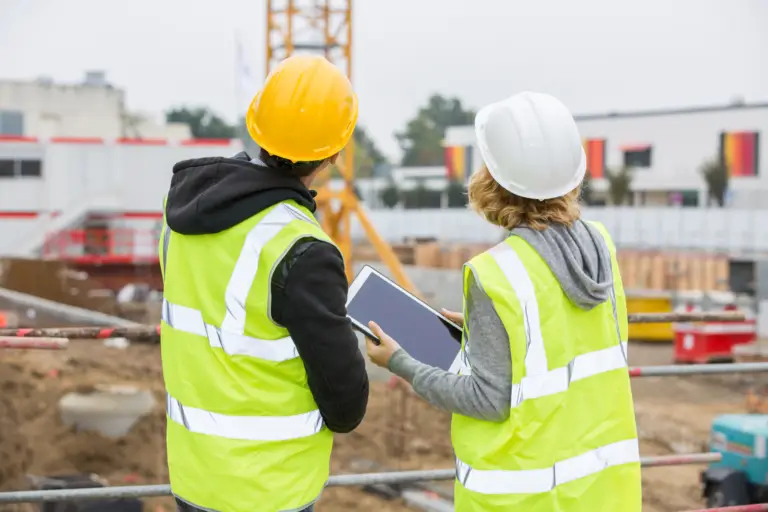Construction projects, whether residential or commercial, are complex endeavors that involve multiple systems and utilities. Installing gas, water, and electricity are fundamental aspects of any construction process. In this comprehensive guide, we will delve into the essential requirements for successfully incorporating these utilities into your construction project.
To view AH Construction’s projects click HERE
Installing Gas:
- Assessment and Permits: Begin by assessing the gas needs of your project. Determine if natural gas or propane is required. Obtain the necessary permits and approvals from local authorities, as gas installations are subject to stringent safety regulations.
- Gas Line Installation: Work with licensed professionals to install gas lines safely and efficiently. Ensure proper sizing of pipes to meet the demand of gas appliances and heating systems.
- Gas Appliances: Choose energy-efficient gas appliances such as water heaters, stoves, and furnaces. Ensure they meet local efficiency standards and safety regulations.
- Safety Measures: Implement gas safety measures, including gas detectors, shut-off valves, and proper ventilation to prevent gas leaks and ensure the safety of occupants.
Installing Water:
- Water Source Identification: Determine the source of your water supply—whether it’s a municipal connection, well, or other sources. Comply with local regulations regarding water sources.
- Permits and Regulations: Obtain the necessary permits and adhere to regulations governing water installations. This often includes water quality testing and compliance with water conservation measures.
- Pipe Installation: Work with licensed plumbers to install water supply lines, ensuring correct sizing, proper materials, and adequate pressure for your building’s needs.
- Fixtures and Appliances: Select water-efficient fixtures and appliances to conserve water and comply with environmental standards. Install items like low-flow toilets and water-saving faucets.
- Drainage and Wastewater: Plan for proper drainage and wastewater disposal systems, including sewage lines and septic systems if required.
Installing Electricity:
- Electrical Design: Develop a detailed electrical plan that considers the power needs of your construction project, including lighting, outlets, and electrical appliances. Consult with an electrical engineer or designer for this phase.
- Permits and Inspections: Obtain electrical permits and schedule inspections as required by local building codes. Compliance with electrical safety standards is critical.
- Wiring Installation: Hire licensed electricians to install wiring, outlets, switches, and circuit breakers. Ensure proper grounding and electrical panel installation.
- Lighting and Fixtures: Choose energy-efficient lighting solutions such as LED bulbs and fixtures. Consider both interior and exterior lighting needs for safety and aesthetics.
- Safety Measures: Install smoke detectors, carbon monoxide detectors, and fire alarm systems as required by building codes. Safety is paramount in electrical installations.
Incorporating gas, water, and electricity into your construction project is a multifaceted process that demands meticulous planning, adherence to regulations, and skilled professionals. It’s essential to prioritize safety, efficiency, and sustainability in these installations. By following best practices and working with experienced contractors, you can ensure that your construction project has the essential utilities in place for functionality, comfort, and compliance with all relevant codes and standards.
To view AH Construction’s projects click HERE




